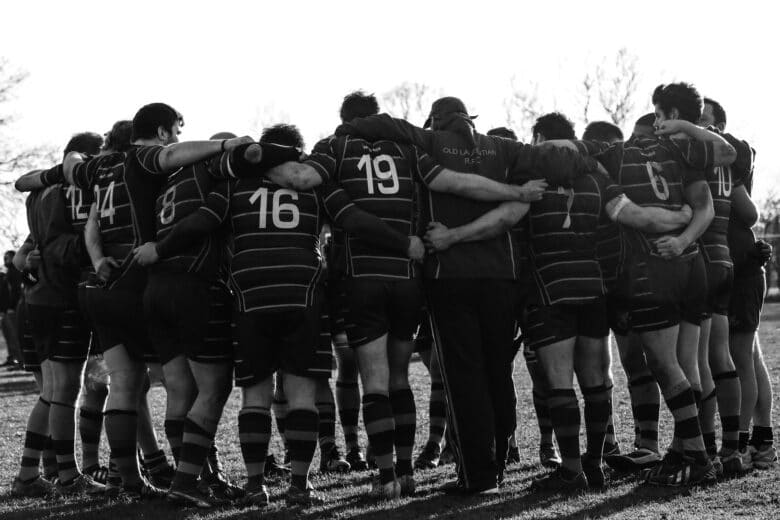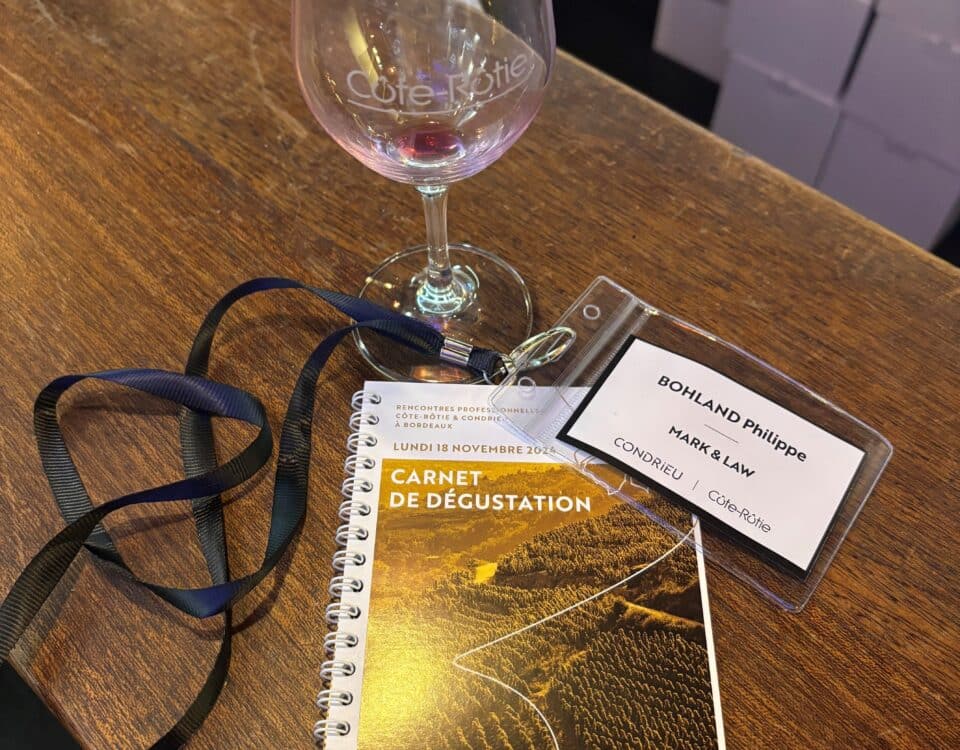
Copyright protection for works created by artificial intelligence
October 14, 2022
Password: update your reflexes!
October 28, 2022
Is the end of the untimely use of the Haka in sight?
Everyone knows the Haka, the Maori war dance popularised by the New Zealand rugby team, the All-Blacks, who perform it at the start of every match.
This war dance was invented in the early 1800s by Te Rauparaha, chief of the Ngati Toa tribe, and his heritage is now perpetuated and defended by the Ngati Toadit.
In New Zealand, the Haka is truly part of the nation’s cultural heritage, which notably led to the adoption in 2014 of specific legislation to protect the Haka Ka Mate, the “Haka Ka Mate Attribution Act“. Under this Act, every commercial use of the dance requires the origin of the dance and the name of its author to be stated.
The New Zealand government, in agreement with the tribe that no longer wishes to see the Haka used indiscriminately around the world, is now pushing the protection of the Haka beyond its borders by developing a new method of protection.
It has included a clause in a free trade agreement with the UK to protect and regulate the use of the Haka. The clause would further strengthen the protection of the Haka by going beyond what the Haka Ka Mate Attribution Act provides in New Zealand.
While the exact form this provision will take is not yet known, it is interesting to note that New Zealand is paving the way for a new form of intellectual property protection.
Indeed, a dance that is more than 200 years old can no longer be protected by copyright, which has long since expired.
However, by signing bilateral or international agreements including clauses to protect this dance, New Zealand is in fact creating a new form of intellectual property right protecting a work that has become part of a country’s cultural heritage, with no time limit.
– Philippe BOHLAND, Industrial Property Attorney and Partner at Mark & Law



